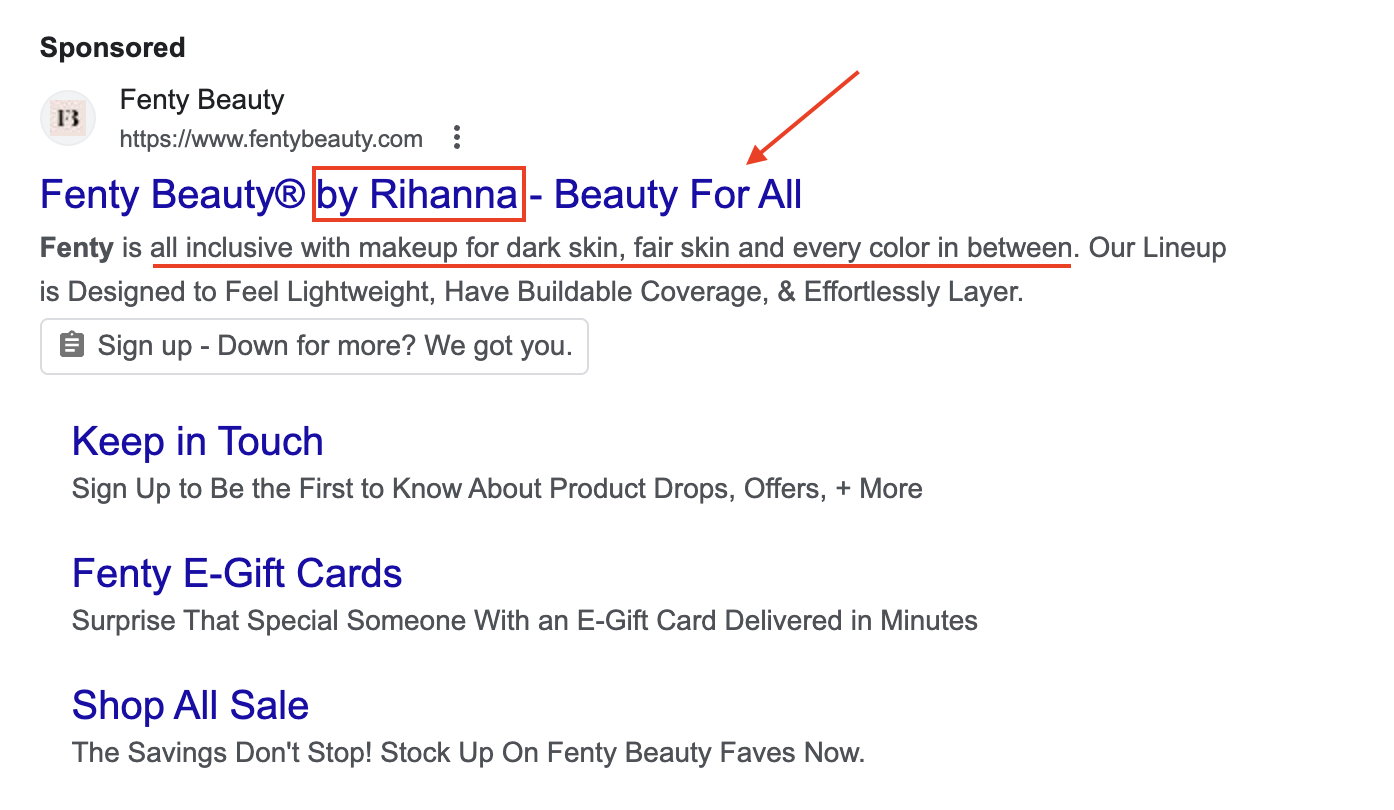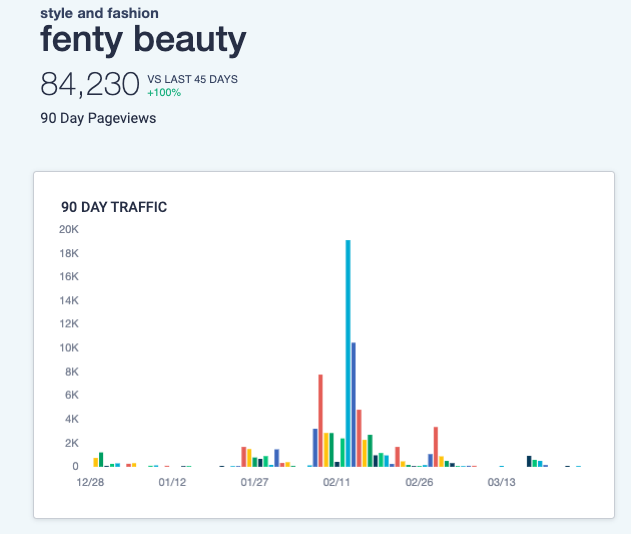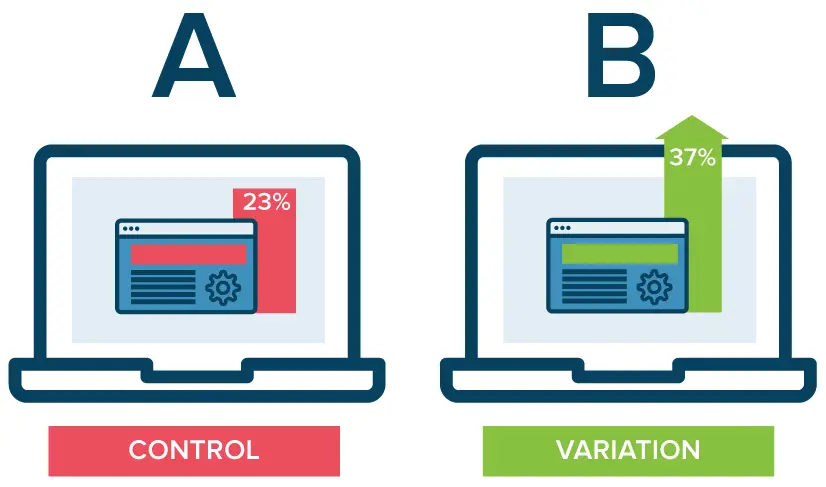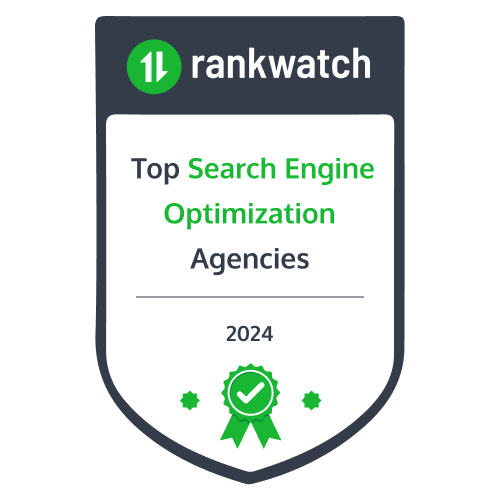7 Actionable Steps for Creating More Diverse Ad Campaigns
Gone are the days of writing generic ad copy and hitting publish.
Why? The world is a melting pot of different ethnic backgrounds. As marketers, it’s our responsibility to create campaigns that accurately reflect our diverse audiences. 64% of consumers will take action if they think your ad is inclusive and diverse.
But we get it. Sometimes, knowing where to start when creating diverse ad campaigns is nothing short of challenging. And the last thing you want to do is come off as inauthentically diverse.
So whether you’re just starting or looking to improve your existing campaigns, these seven simple steps will help you create more impactful and meaningful content that resonates with your audience.
Are you ready to take your ad campaigns to the next level?
Let’s dive in.
Step 1: Build a Diverse Marketing Team
Hiring diverse teams is the foundation for your company’s culture, thinking, and strategy. Diverse teams will more frequently, up to 87% of the time, make better decisions.
So, to create inclusive campaigns, start from within.
With the help of HRIS systems, examine your workforce from head to toe. Do you have a diverse marketing team representing various backgrounds, including race, age, gender, ethnicity, sexual orientation, and more? If not, it’s time to hire.
Thankfully, with the rise of remote work and the hybrid work model, hiring without borders is far more realistic than it was historically. Now, your organization can tap into top candidates from various talent pools across the globe.
And when your team is authentically diverse, your campaigns will naturally reflect this diversity without trying.
Inclusion becomes a part of your company culture when you live it daily. So, make diversity a priority from the inside out, and watch as it shines through in your campaigns.
Step 2: Audit Your Current Ad Campaigns
It’s always wise to establish a baseline of how your ad campaigns are performing.
A simple audit can help you identify areas where you may fall short regarding diversity and inclusion and provide a starting point for improvement.
Take stock of your existing ad campaigns and ask yourself the following questions:
- Who are you representing in your ads?
- Are you using inclusive language that reflects the real experiences of your audience?
- Do your campaigns display any stereotypes or cultural biases?
- Do your ads accurately represent the diversity of the target audience?
Remember, the goal of auditing your campaigns is not to find faults but to identify areas for improvement.
By thinking critically and evaluating your existing campaigns through a new lens, you can create a foundation for more inclusive and diverse campaigns in the future.
Step 3: Understand Your Target Audience
We’ve all seen fake and forced ads regarding diversity and inclusion. Cringy is the best way to describe it.
Because let’s just say that it’s easy to tell when a campaign “ticks the boxes” — rather than truly appealing to the intended audience.
Your goal is to avoid this dreaded fate at all costs. Thankfully, it’s not as daunting as you think.
The key? Working backward and taking a customer-centric approach. Think about the diversity of your end consumers and include it in your ads.
By showing your customers’ realness and unique experiences, diversity will naturally follow. So, aim for authenticity and let your customers lead the way to inclusive campaigns.
At this point, you might be thinking, how in the world is that possible? That’s where retargeting methodologies come into play.
And yes, tracking customer interactions with your website and ads is legal if you have a proper cookie consent manager in your tech stack. Plus, customers will appreciate your transparency and care about protecting their sensitive data.
But if tapping into customer data with cookies isn’t your cup of tea (pun intended), consider using polls, surveys, and other review processes to gather feedback from the groups you aim to represent.
That way, you can gain valuable insights and ensure that your messaging resonates with those communities — without straying away from your moral compass.
Step 4: Incorporate Inclusive Language
As the saying goes, images are worth 1,000 words. That might be true, but the language and tone of your ad copy are equally important to your diverse ad campaigns.
A new study from Unilever confirms that using inclusive language will attract 62% of consumers, as it’s their primary choice. Are you speaking to your audience respectfully and inclusively? Are you sensitive to the experiences of diverse communities? Are you avoiding cultural biases?
Let’s look at an example in action.
Suppose you’re creating an ad campaign for a fitness brand. You want to showcase your brand as inclusive and welcoming to people of all shapes, sizes, and abilities.
Instead of using language that focuses on traditional beauty standards, you might use language that emphasizes health, wellness, and self-care. For example, instead of saying, “Drop that extra layer of fat,” you could say, “Feel strong and confident in your own skin.”
By being thoughtful about the tone of your campaigns, you can create more engaging and effective ads that resonate with a wider range of people.
AI-powered ad-creation tools can be used to generate optimized ads that appeal to your audience based on data from billions of engagements.
Then, you can tweak them with a fine-toothed comb. And voila, you’re left with the perfect ad copy.
And if you want to triple-check before pushing your ad live, you can ask to involve members from those groups in developing and reviewing your content.
When you measure twice and cut once, it helps ensure that your messaging and imagery accurately reflect the experiences of your target communities.
Step 5: Embrace the Art of Storytelling
Marketing campaigns that try too hard to appear diverse often fall flat and can even be offensive.
To truly represent diversity in your marketing campaigns, consider featuring real customers and sharing their authentic stories. An organic approach will resonate more strongly with your audience and create a genuine connection.
Rather than focusing on ticking off boxes for diversity, celebrate the unique stories and experiences that pull at the heartstrings of your customers.
Hyundai hit the ball out of the park when they teamed up with the Spiderverse to market their new IONIQ 6. This futuristic vehicle fits into the 2099 setting of the Spiderverse perfectly and appeals to moviegoers and Hyundai fans alike.

But you don’t have to sell cars or make movies to create a winning storyline. You can produce a great marketing campaign around any product, from steering wheel cleaners to toothpaste.
The key is authenticity. 92% of consumers want brands to tell authentic stories in their ads. To create an authentic story, start by identifying your brand’s values and beliefs. Then, look for real-life examples of customers or employees who embody those values and beliefs.
Share their stories in a way that’s honest and relatable. Don’t be afraid to include the struggles and challenges they faced along the way, as these can make the story more powerful and inspiring. Visual elements, such as those captured through event photography, can further enhance your storytelling by showcasing genuine moments that resonate with your audience.
Storytelling is a powerful tool for building connections with your target audience. Creating a sense of empathy and understanding can lead to increased brand loyalty and sales.
Step 6: Choose an Appropriate Messenger
When connecting with a specific demographic or subculture, the messenger is just as important as the message itself.
Fenty Beauty is a great example of a brand that uses an appropriate messenger to connect with its diverse target audience authentically. Rihanna, the founder of Fenty Beauty, is a woman of color and has been vocal about the importance of inclusivity in the beauty industry.

By having a woman of color as the face of the brand, Fenty Beauty can communicate its message of “beauty for all” in a way that feels genuine and resonates with its target audience.
Not to mention Rihanna’s killer Super Bowl halftime performance, which featured a brief clip of her applying Fenty makeup, drove Fenty Beauty’s pageviews over 19K.

Screenshot provided by author
That’s the power of the right message, at the right time, by the right messenger. It all comes full circle, and every detail counts.
Step 7: Test and Iterate Your Campaigns
After you’re happy with the ad you’ve created, your job isn’t over after you hit publish. Quite the opposite, indeed.
It’s crucial to test and iterate to ensure its effectiveness. For example, you can test different images, headlines, or calls to action to see which resonates most with your audience.
Use A/B testing to randomly show different versions of an ad to different segments of your target audience. Compare the results to see which version performs better.

If you notice that a particular image or message is not sitting well with your audience, you can adjust it or try something new.
Remember, stay open-minded and receptive to feedback as you work through different iterations. Don’t be afraid to make changes and try new things based on the data you collect.
Start Your Journey Toward Diverse Ad Campaigns
Creating diverse ad campaigns is a journey, not a destination. There’s no one-size-fits-all approach.
These seven steps will spring you on the right path forward, but there can be some bumps along the way. And your job is never over.
There’s always a new market to cater to or a new learning perspective to keep in your back pocket. That’s the beauty of the world around us. It’s constantly changing and evolving. And it’s our job as marketers to keep up.




